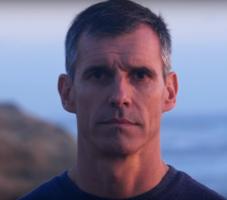 French-born swimmer Ben Lecomte has set off on a 5,500-mile record attempt to swim across the Pacific Ocean from Japan to California. The 51-year-old professional distance swimmer will swim for eight hours a day for more than six months as he heads towards the US west coast. If he succeeds in his attempt, Lecomte will be the first person to swim across the Pacific.
French-born swimmer Ben Lecomte has set off on a 5,500-mile record attempt to swim across the Pacific Ocean from Japan to California. The 51-year-old professional distance swimmer will swim for eight hours a day for more than six months as he heads towards the US west coast. If he succeeds in his attempt, Lecomte will be the first person to swim across the Pacific.
The BBC reports: Preparations for the trip have taken more than six years, but Mr. Lecomte has been targeting the challenge for much longer.
In 1998, he made the first known solo trans-Atlantic swim covering 6,400km (4,000 miles) in 73 days. When he finally reached dry land in France, his first words were “never again”, but he was soon looking for a new challenge. Continue reading

 I am aware of only one man who was praised by both Eisenhower and Hitler. A
I am aware of only one man who was praised by both Eisenhower and Hitler. A 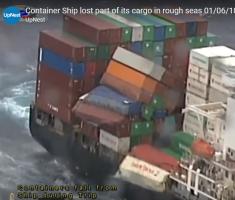 Last week, the
Last week, the 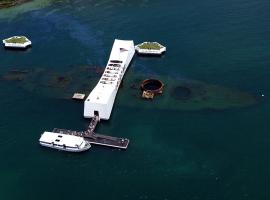 The
The 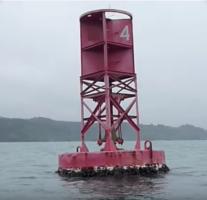 A certain number of brass bells and gongs from bell and gong buoys off the coast of Maine have turned up missing and the US Coast Guard has recently issued a
A certain number of brass bells and gongs from bell and gong buoys off the coast of Maine have turned up missing and the US Coast Guard has recently issued a  Recently, Hannes Frank was walking along Plage du Pin Sec, near Bordeaux and found a portion of a real estate sign which had washed ashore on the beach. The sign was worn and part of it was ripped away, but “Diane Turton Realtors 732-292-1400″ was still readable. Mr. Frank, a semi-retired software consultant who lives in Brussels, emailed Diane Turton Realtors, in New Jersey, saying “Hi, Just wanted to let you know that I found part of one of your signposts washed up on the beach near Bordeaux France pictures available if wanted. Not in the best shape after that crossing.”
Recently, Hannes Frank was walking along Plage du Pin Sec, near Bordeaux and found a portion of a real estate sign which had washed ashore on the beach. The sign was worn and part of it was ripped away, but “Diane Turton Realtors 732-292-1400″ was still readable. Mr. Frank, a semi-retired software consultant who lives in Brussels, emailed Diane Turton Realtors, in New Jersey, saying “Hi, Just wanted to let you know that I found part of one of your signposts washed up on the beach near Bordeaux France pictures available if wanted. Not in the best shape after that crossing.”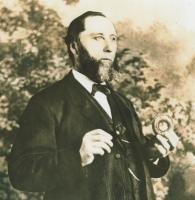
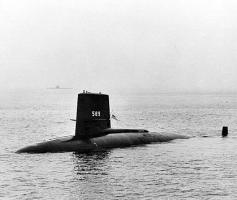 Last week, the Navy marked the 50th anniversary of the loss of the
Last week, the Navy marked the 50th anniversary of the loss of the 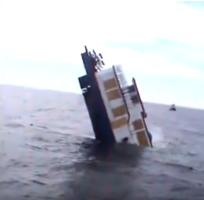 The
The 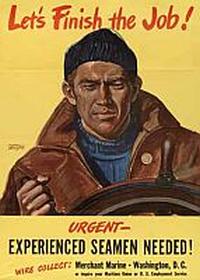 A post from several years ago that is well worth reposting.
A post from several years ago that is well worth reposting.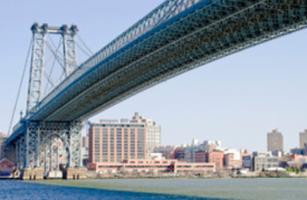

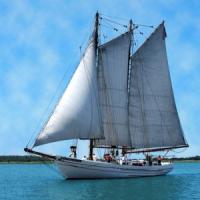 We recently posted about
We recently posted about 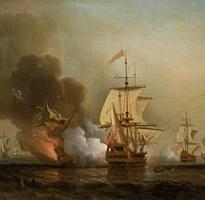 On Monday, the Woods Hole Oceanographic Institution (WHOI) announced in a
On Monday, the Woods Hole Oceanographic Institution (WHOI) announced in a  Where is Fat Leonard? Fat Leonard, as Leonard Glenn Francis is known, was supposed to testify in Norfolk next week about his crooked dealings with
Where is Fat Leonard? Fat Leonard, as Leonard Glenn Francis is known, was supposed to testify in Norfolk next week about his crooked dealings with 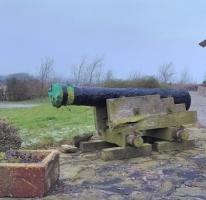 Thanks to
Thanks to  A recent statement by Representative Mo Brooks (R-AL), who happens to be a member of the U.S. House of Representatives Science, Space and Technology Committee, is disturbing at best. He suggested that sea levels are not rising because of climate change but because rocks are falling into the sea.
A recent statement by Representative Mo Brooks (R-AL), who happens to be a member of the U.S. House of Representatives Science, Space and Technology Committee, is disturbing at best. He suggested that sea levels are not rising because of climate change but because rocks are falling into the sea.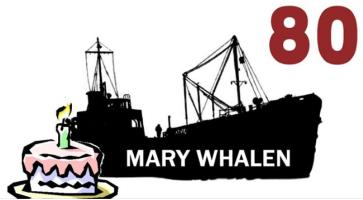 The historic tanker
The historic tanker